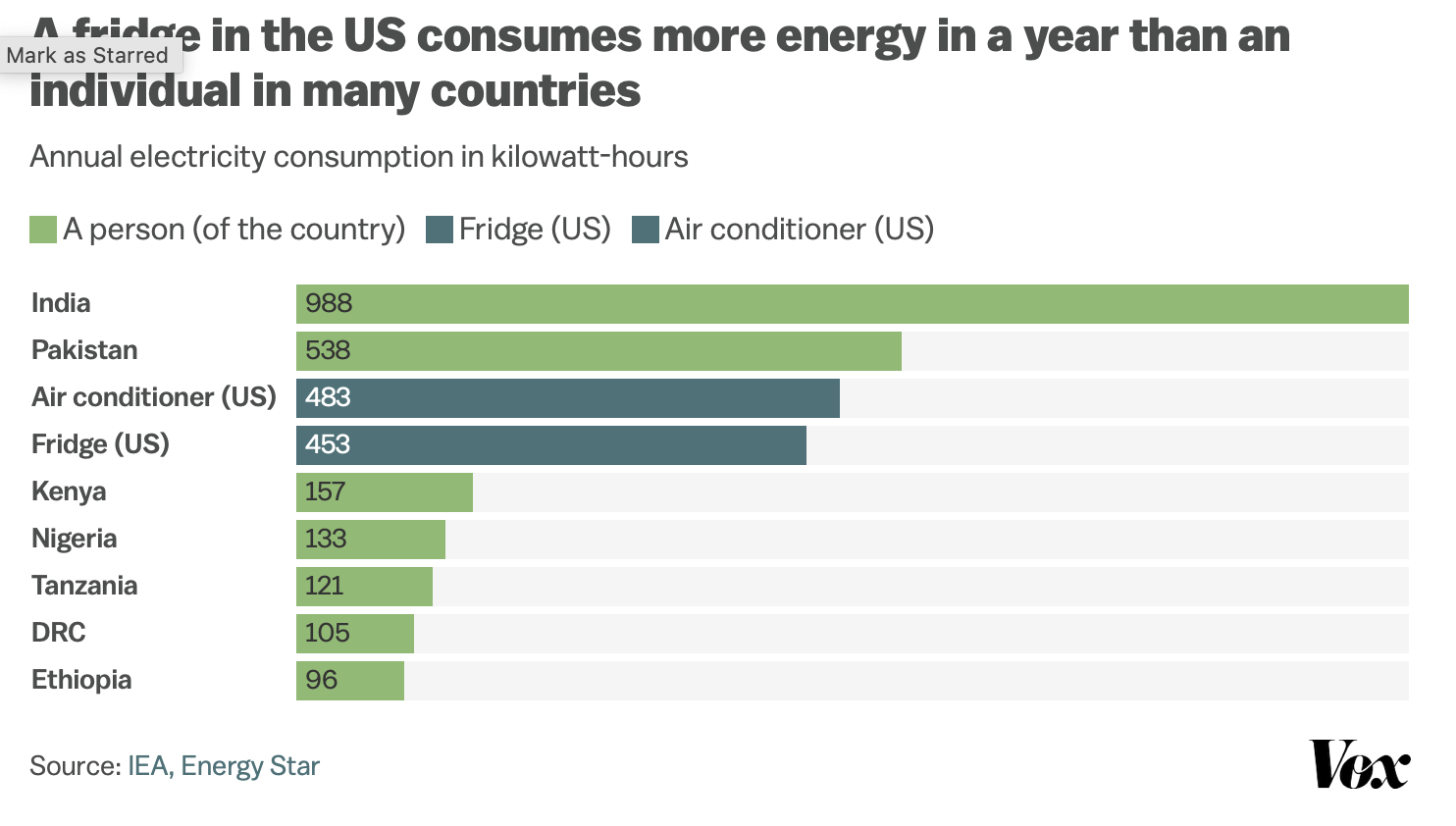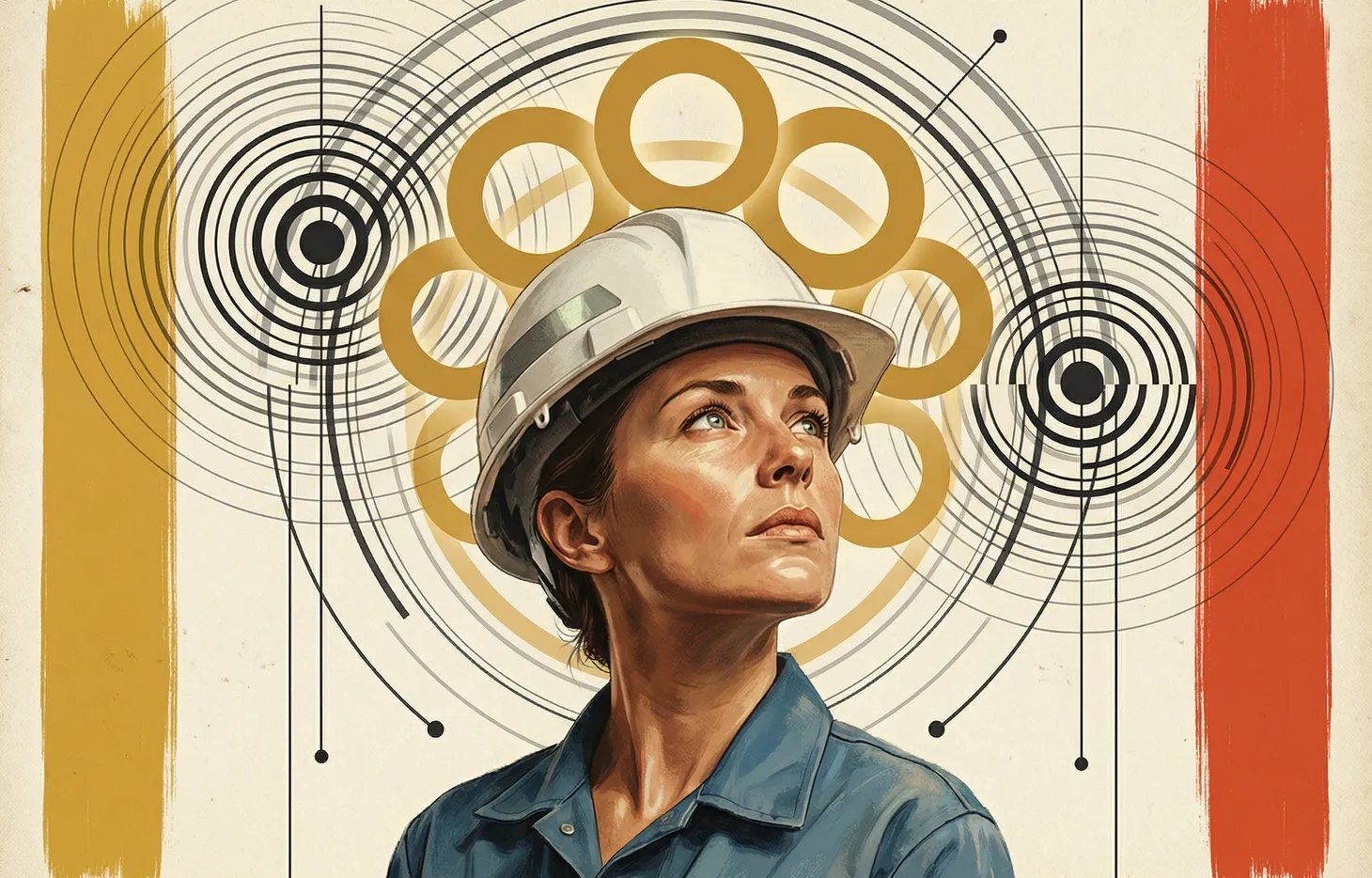Assorted Links Monday
Amazon's excess warehouse inventory, housing demand, mobile home skyscrapers, and more.

Table of Contents
Housing demand and remote work:
The shift to remote work explains over one half of the 23.8 percent national house price increase over this period. Using variation in remote work exposure across U.S. metropolitan areas we estimate that an additional percentage point of remote work causes a 0.93 percent increase in house prices after controlling for negative spillovers from migration.
The YIMBYest city in America: Why a town in Maine you’ve never heard of may be the future of politics and policy.
The fun way to predict the unpredictable:
As the virus spread across the world and authorities started imposing lockdowns, problems became obvious. There was resistance to the closure of religious services, few people were keen to postpone weddings and funerals could not wait. Young singles wanted to party. Many people disliked wearing masks. And parents were tearing their hair out as schools closed.
None of this is news. But it was news in 2008, when all these events occurred inside a simulation game, Superstruct, which 10,000 people played online, imagining how they’d respond to a respiratory pandemic. The game was created by Jane McGonigal and her colleagues at the Institute for the Future in Palo Alto. A follow-up simulation, Evoke, threw in wildfires and a QAnon-style conspiracy group called “Citizen X”. That was in 2010.
Mobile home skyscrapers: The elusive dream of vertical urban trailer parks.
Amazon aims to sublet 10 million square feet: Roughly equivalent to about 12 of its largest fulfillment centers or about 5% of the square footage added during the pandemic.
The average fridge in the US consumes more electricity in a year than an average person in dozens of countries.

Econ Dev Show Newsletter
Join the newsletter to receive the latest updates in your inbox.


